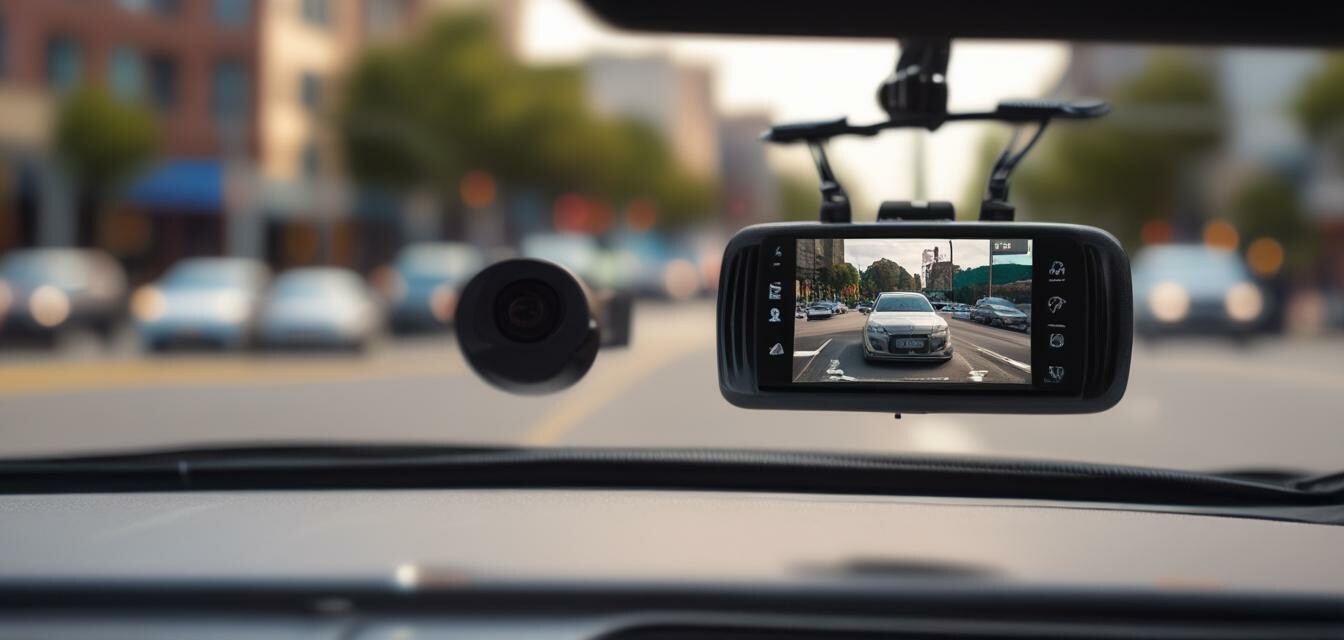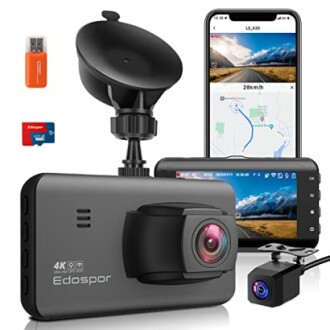
Dual Lens vs. Single Lens Dashcams: Which Is Better?
Key Takeaways
- Dual lens dashcams offer wider coverage, capturing both front and rear scenes.
- Single lens dashcams are generally more cost-effective and easier to install.
- Consider your specific driving needs before choosing between dual and single lens options.
- Both types can provide essential evidence in the event of an incident.
As dashboard cameras become increasingly popular, many drivers face the choice between dual lens and single lens dashcams. This article will delve into the advantages and disadvantages of both options, guiding you to determine which is best suited for your driving needs. Let's explore!
Understanding Dashcam Types
What is a Single Lens Dashcam?
A single lens dashcam is equipped with one camera that typically faces forward. It captures video footage of the road ahead, making it ideal for recording driving behavior, accidents, and interactions with other drivers. However, it does not encompass other angles, such as the rear view.
What is a Dual Lens Dashcam?
Dual lens dashcams, as the name implies, feature two lenses—one facing forward and another facing backward. This setup offers more comprehensive coverage, ensuring that both the front and rear scenes are recorded. This can be particularly beneficial in the event of a rear-end collision where evidence is required.
Comparison Between Dual Lens and Single Lens Dashcams
| Feature | Single Lens Dashcam | Dual Lens Dashcam |
|---|---|---|
| Coverage Area | Front only | Front and rear |
| Cost | Generally less expensive | Higher price point |
| Installation | Simple and easy | Requires more effort |
| Best For | Daily commuting, budget-friendly options | Enhanced security, multi-angle recording |
| Typical Features | Basic video recording | G-sensor, loop recording, parking monitoring |
Advantages of Dual Lens Dashcams
- Wider Coverage: Capture more of your surroundings.
- Better Evidence: Useful in case of rear-end accidents.
- Enhanced Security: Great for parking monitoring.
Disadvantages of Dual Lens Dashcams
- Cost: Typically more expensive than single lens options.
- Complex Installation: More components may complicate setup.
Advantages of Single Lens Dashcams
- Affordability: Generally cheaper than dual lens models.
- Simplicity: Easier to install and manage.
Disadvantages of Single Lens Dashcams
- Limited Coverage: Only captures what's in front.
- No Rear View: Loses crucial evidence for rear-end collisions.
Recommended Products
Kussla Dash Cam Front and Rear
A 3-channel dash cam with 1080P resolution, providing excellent night vision and comprehensive coverage for your vehicle.
Learn More4K Dash Cam Front and Rear
This dual dashcam provides 4K front and 1080P rear recording, ensuring comprehensive video evidence with added functionalities.
Learn MoreConclusion
Ultimately, the choice between dual lens and single lens dashcams comes down to your unique needs. If you frequently travel in areas with high traffic or want extra surveillance, a dual lens dashcam may be worth the investment. Conversely, if you are seeking a straightforward recording option for daily commuting, a single lens dashcam will suffice. Always consider factors like coverage, installation, and price to make an informed decision.
Tips for Choosing a Dashcam
- Assess your driving habits to determine necessary coverage.
- Consider your budget and what features are essential for you:
- Look for night vision capabilities if you drive after dark.
- Check for user reviews on functionality and customer support.
- Explore options with features like a G-sensor for added security.
Further Reading
For more information on dashboard cameras and their features, check out these helpful resources:


